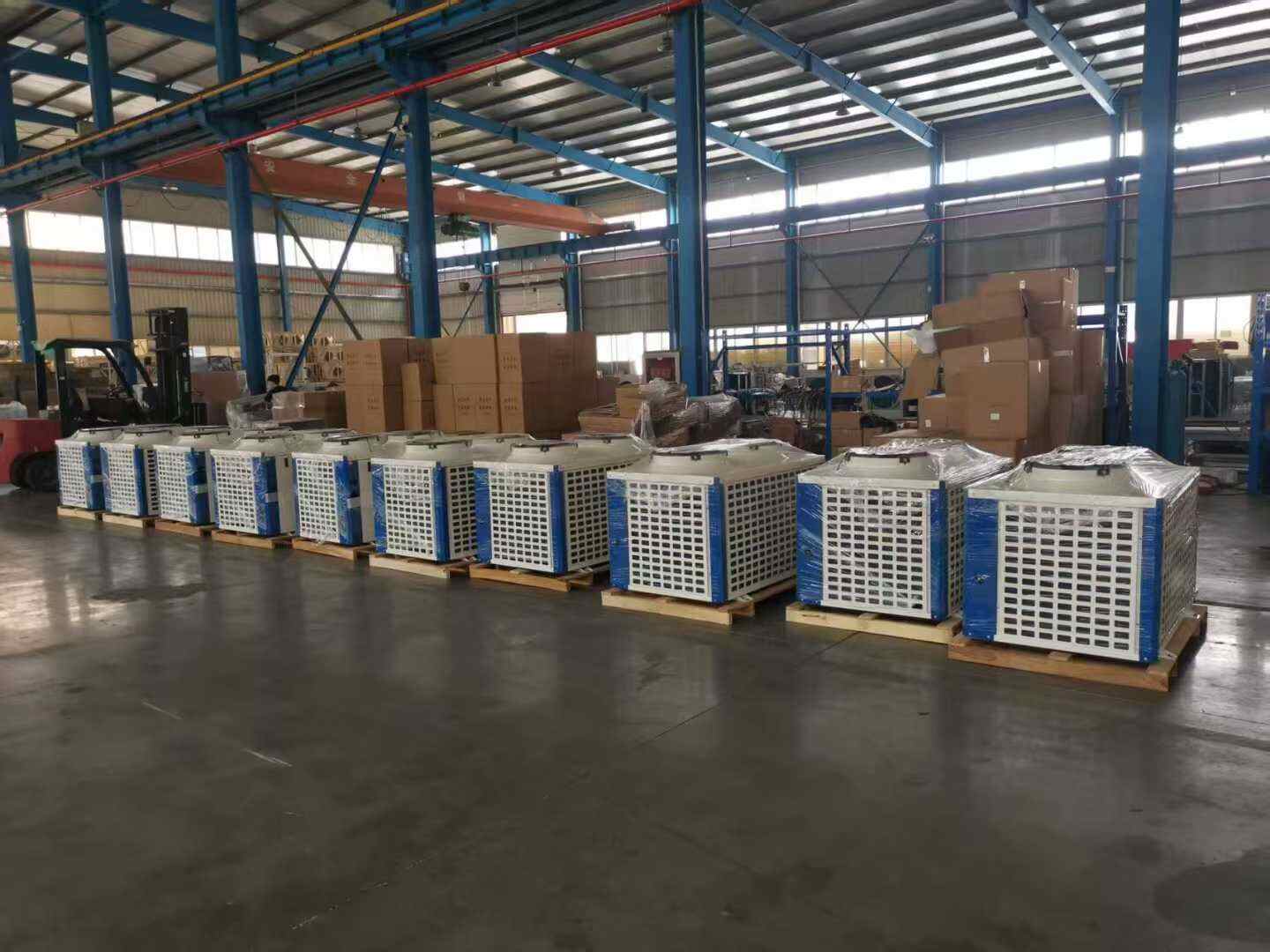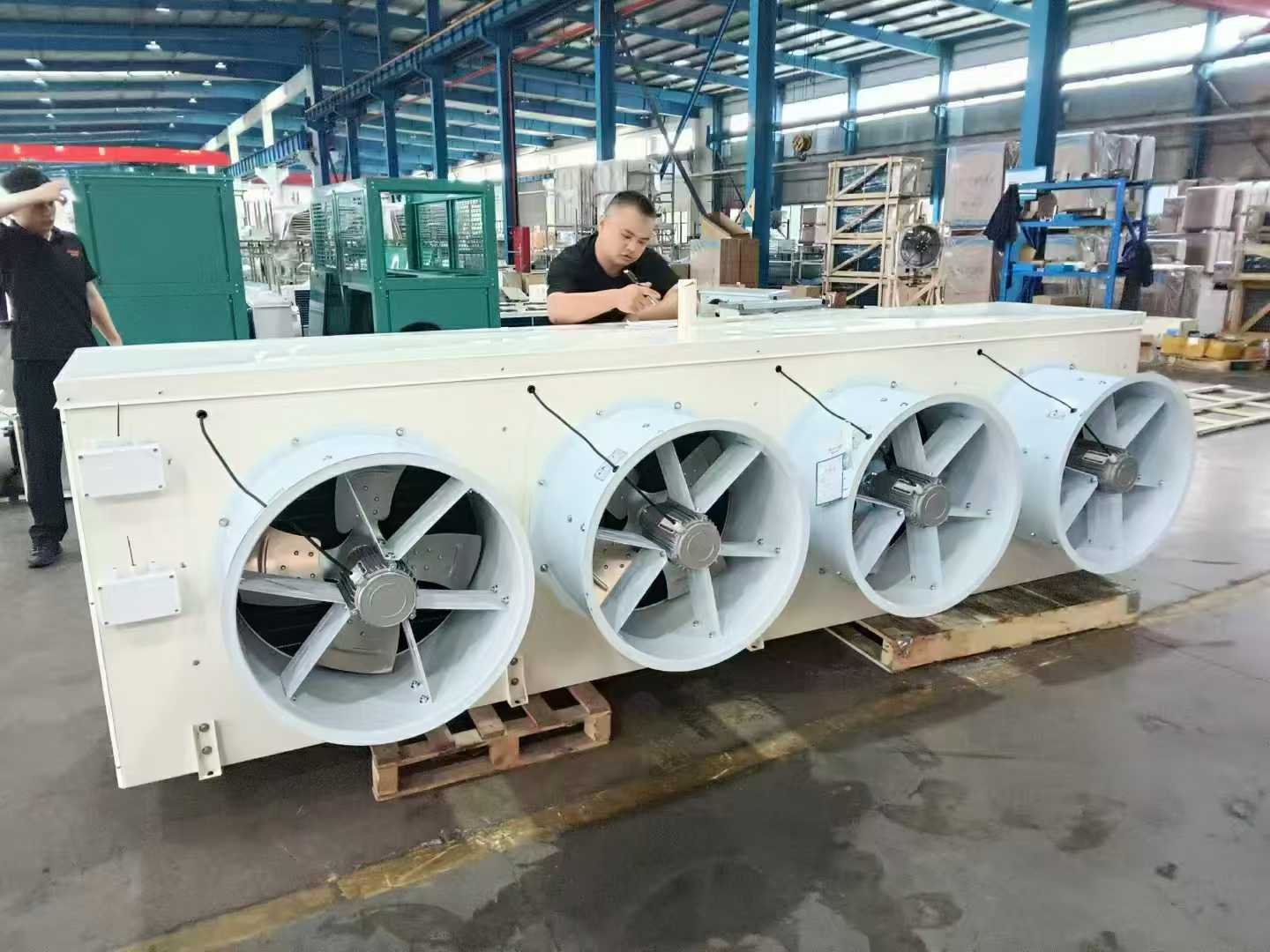
The entry into force of the EU's latest cold chain regulations and the acceleration of Africa's continental food self-sufficiency plans are driving a disruptive revolution in potato refrigeration technology. Globally, about 25% of potatoes are lost annually due to improper storage, and AI-driven controlled atmosphere (CA) warehouse technology is emerging as a core solution to balance environmental compliance with loss reduction and efficiency gains.
In the EU, the 2025 implementation of F-Gas regulations, which set strict limits on the global warming potential (GWP) of refrigerants, has put traditional cold storage facilities at risk of obsolescence. AI-controlled atmosphere warehouses respond to these regulations through three core technologies: first, adopting ammonia-CO₂ cascade refrigeration systems, which improve energy efficiency by 40% while completely avoiding the use of fluorocarbons; second, optimizing refrigeration cycles via machine learning algorithms—Dutch Kool Jet equipment, for example, dynamically adjusts cooling power based on potato respiration rates, achieving an 18% daily energy savings; third, Hypoxy-coated coil technology, which extends equipment corrosion resistance to 15 years, reducing replacement frequency.
Africa faces different challenges. In countries like Nigeria and Botswana, which are advancing potato self-sufficiency plans, short storage periods and high loss rates have become major bottlenecks. AI-controlled atmosphere warehouses piloted in Kenya offer targeted solutions: infrared spectroscopy monitors internal sugar changes in potatoes in real time. When saccharification risks are detected, oxygen levels are automatically reduced from 5% to 2%, and temperatures from 6°C to 4°C, extending the storage period of the local main cultivar "Dutch No.7" from 30 days to 120 days. This technology has reduced potato loss rates in pilot areas from 35% to 8%, directly stabilizing local market prices by 12%.

The core breakthrough of AI-controlled atmosphere warehouses lies in their "dynamic atmosphere control" capability. Unlike traditional CA warehouses that rely on fixed gas ratios, AI systems achieve precise regulation through three aspects: first, multi-parameter sensing, with over 500 sensors collecting data on temperature, humidity, ethylene concentration, and potato firmness every 10 minutes; second, predictive modeling, using algorithms trained on 100,000+ storage batches to sprouting or rot risks 72 hours in advance; third, executive response, with atmosphere control valve groups adjusting oxygen levels by 0.5% within 30 seconds. This closed-loop control has cut annual loss costs by €2.3 million for a German storage enterprise.
Technical solutions vary by application scenario. EU markets prioritize environmental protection and intelligence—Germany's LagerTech AI warehouses include carbon footprint tracking modules that automatically generate energy reports compliant with EU "green label" requirements. African markets focus on cost and adaptability: Rwanda's modular AI-controlled atmosphere warehouses use solar-assisted power, reducing initial investment by 40% compared to traditional facilities and enabling on-site debugging within 3 hours.
Innovations extend to household and smallholder levels. Spurred by EU technological spillovers, new home potato preservation boxes integrate micro-atmosphere membranes and temperature-humidity sensors, with mobile apps alerting users to adjust storage conditions, reducing household refrigeration loss rates from 20% to 8%. In Africa, the "sand storage + AI monitoring" model replaces traditional experience with $50 simple sensors, doubling storage cycles for small farmers.
This technological revolution is reshaping global potato supply chains. The EU uses AI-controlled atmosphere warehouses to achieve full traceability in cross-border cold chains, improving the shelf-life stability of Dutch exported potatoes by 60%. Africa, meanwhile, is reducing import dependence—Botswana has cut potato imports by 45% after implementing AI refrigeration solutions. The UN Food and Agriculture Organization predicts that global adoption of such technologies could reduce annual potato losses by 120 million tons, equivalent to the annual food supply for 200 million people.

From smart warehouses in this field storage in Xueyuncold , AI-controlled atmosphere technology demonstrates that agricultural innovation can both meet strict environmental standards and adapt to the practical needs of developing countries, offering a replicable model for global food security.

 07.31, 2025
07.31, 2025
